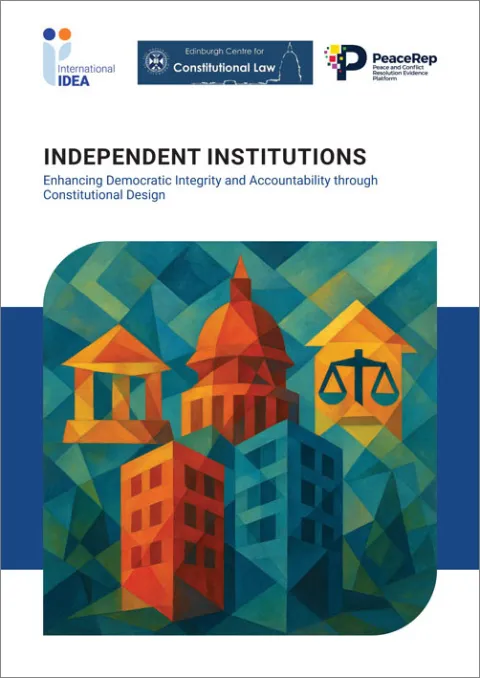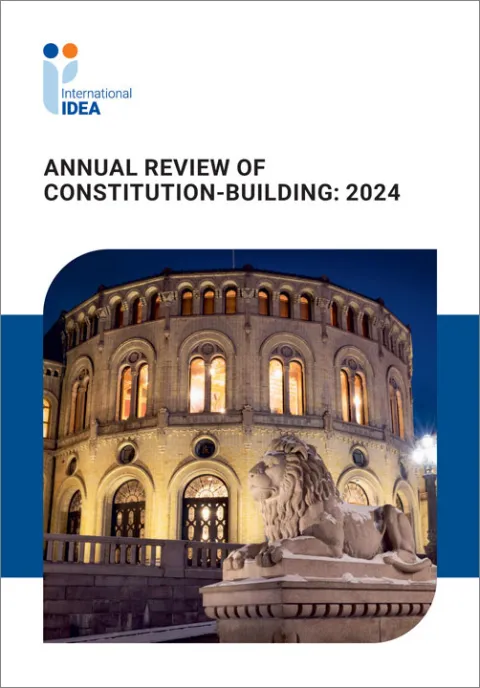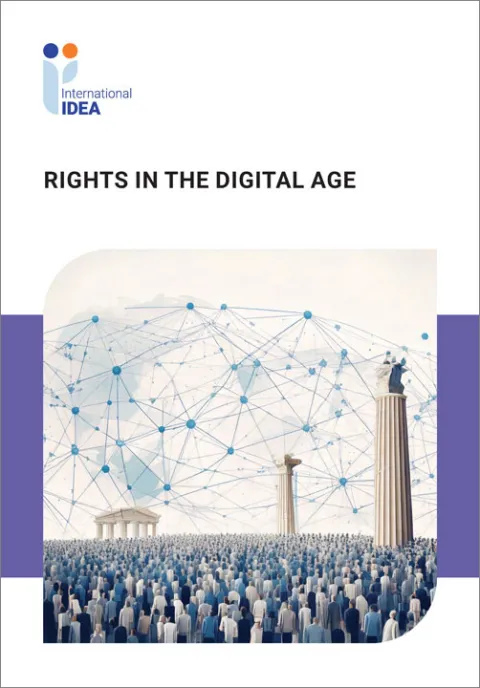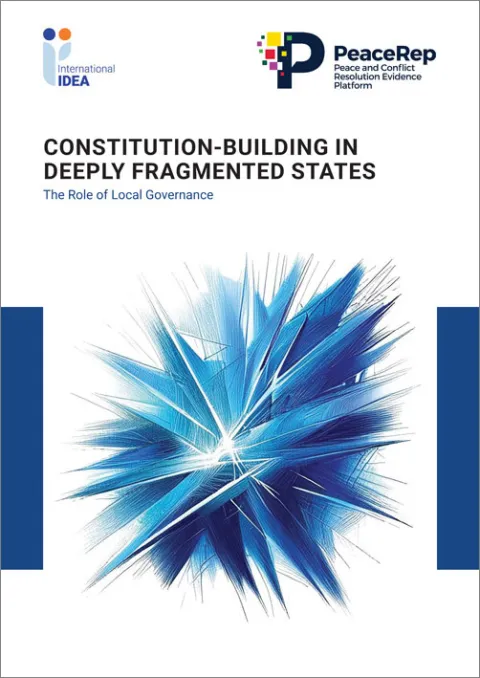Independent Institutions: Enhancing Democratic Integrity and Accountability through Constitutional Design
In recent decades, the number and thematic diversity of independent institutions have increased, along with a growing trend towards their constitutionalization. Key design choices for constitution-makers include the structure of these 'fourth-branch' institutions, mandates, powers and membership. Constitution-makers must also consider how, given political and financial realities, to improve the likelihood that these bodies can operate with financial and operational autonomy in theory and in practice.
Independent institutions hold a special promise: of protecting democracy from within. As the sixth Women Constitution-Makers’ Dialogue demonstrated, these institutions function best when the rule of law is strong but matter most when it is fragile or under attack. Central to realizing the potential of independent institutions is the meaningful inclusion and leadership of women. Women’s insights into accountability and rights including in relation to issues such as gender-based violence and economic inclusion, can bolster equity and institutional credibility by making these institutions more truly representative and responsive to.
Details
Staff author
Contents
Executive summary
Introduction
1. Positioning independent institutions
2. Personnel
3. Translating mandates into outcomes
4. Concluding observations
References
Give us feedback
Do you have a question or feedback about this publication? Leave us your feedback, and we’ll get back to you
Send feedbackIndependent Institutions: Enhancing Democratic Integrity and Accountability through Constitutional Design

| Total views | 2057 |
|---|---|
| Downloads | 90 |
| Rating |
Staff author
Give us feedback
Do you have a question or feedback about this publication? Leave us your feedback, and we’ll get back to you
Send feedback












